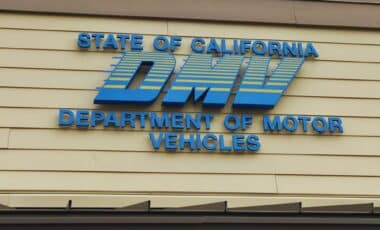Starting May 5, 2025, the federal government will resume collecting on defaulted student loans after a pause that has lasted since March 2020.
With nearly 43 million Americans affected by student loan debt, this move is set to impact millions who have struggled during the pandemic and the economic uncertainty that followed.
The restart of collections marks a shift in policy, moving away from the relief measures put in place during the COVID-19 pandemic.
As the national student debt has now reached $1.6 trillion, the Education Department is set to enforce repayment rules that could include wage garnishment and tax refund offsets.
The Resumption of Collections: Key Details
The U.S. Education Department has confirmed that it will once again begin collecting defaulted student loans using the Treasury Department’s Offset Program. This initiative allows the government to withhold tax refunds, wage earnings, and benefits, such as Social Security payments, to settle outstanding debts.
Borrowers will be notified of the changes through emails, urging them to either schedule monthly payments or enter an income-driven repayment plan to avoid collection action.
If borrowers fail to respond or continue to miss payments, they could face serious consequences, including a reduction in credit scores and potential wage garnishment later this year.
According to McMahon, the restart of collections is part of an effort to curb the growing financial burden of student debt, which has now surpassed $1.6 trillion. The Education Department emphasised that these actions are intended to hold borrowers responsible for their loans.
The Political and Social Implications
The restart of loan collections follows a series of political disputes regarding student loan forgiveness programs. Under the Biden administration, several student loan forgiveness initiatives were put in place, cancelling debts for certain groups, such as defrauded borrowers and public service workers.
However, McMahon, appointed under the Trump administration, has made it clear that there will be no further mass forgiveness. She has critiqued the Biden administration’s approach, arguing that federal debt forgiveness transfers the burden to taxpayers.
Advocates for student loan forgiveness have voiced concerns that restarting collections could push many borrowers into deeper financial distress.
According to Sabrina Calazans, Executive Director of the Student Debt Crisis Center, the ongoing economic challenges, including rising inflation and living costs, are leaving borrowers in a “catastrophic financial situation” where basic needs may be out of reach.
With nearly a third of borrowers already in default, the resumption of payments could significantly affect their financial well-being, especially if they are unable to secure affordable repayment options.









